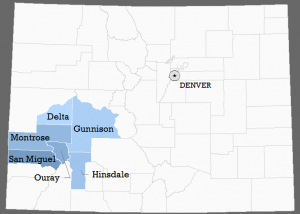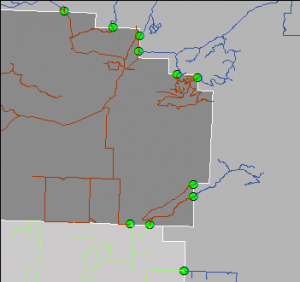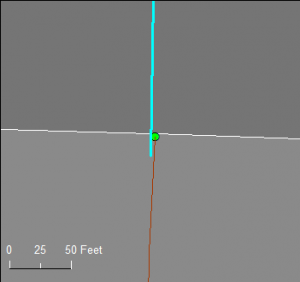Background
A group of several counties and cities in Southwest Colorado integrate data for emergency preparedness and response purposes. Although data schemas have been agreed to, most agencies are required to preprocess their data in advance of integration to comply. This project addresses the common extraction and translation needs between source and integrated data.

Automated Tools
A set of automated tools has been developed using Python, the arcpy library, and ArcGIS script tools, with the goal of increasing the frequency and completeness of data updates. Automation has been applied to two stages of the process: data preparation at the source agencies, and integration of the prepared data. The data are still collected manually after preparation (currently using a shared Google Drive location), and distributed manually after integration.
Scripts & Documentation
All of the scripts referenced in the data integration project posts are available on github.com/hwidlund/integration. There is also extensive documentation of the scripts/functions and a how-to guide for users of the automated tools. Some of the scripts will be described and annotated in future posts.



